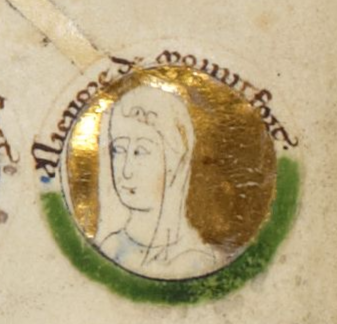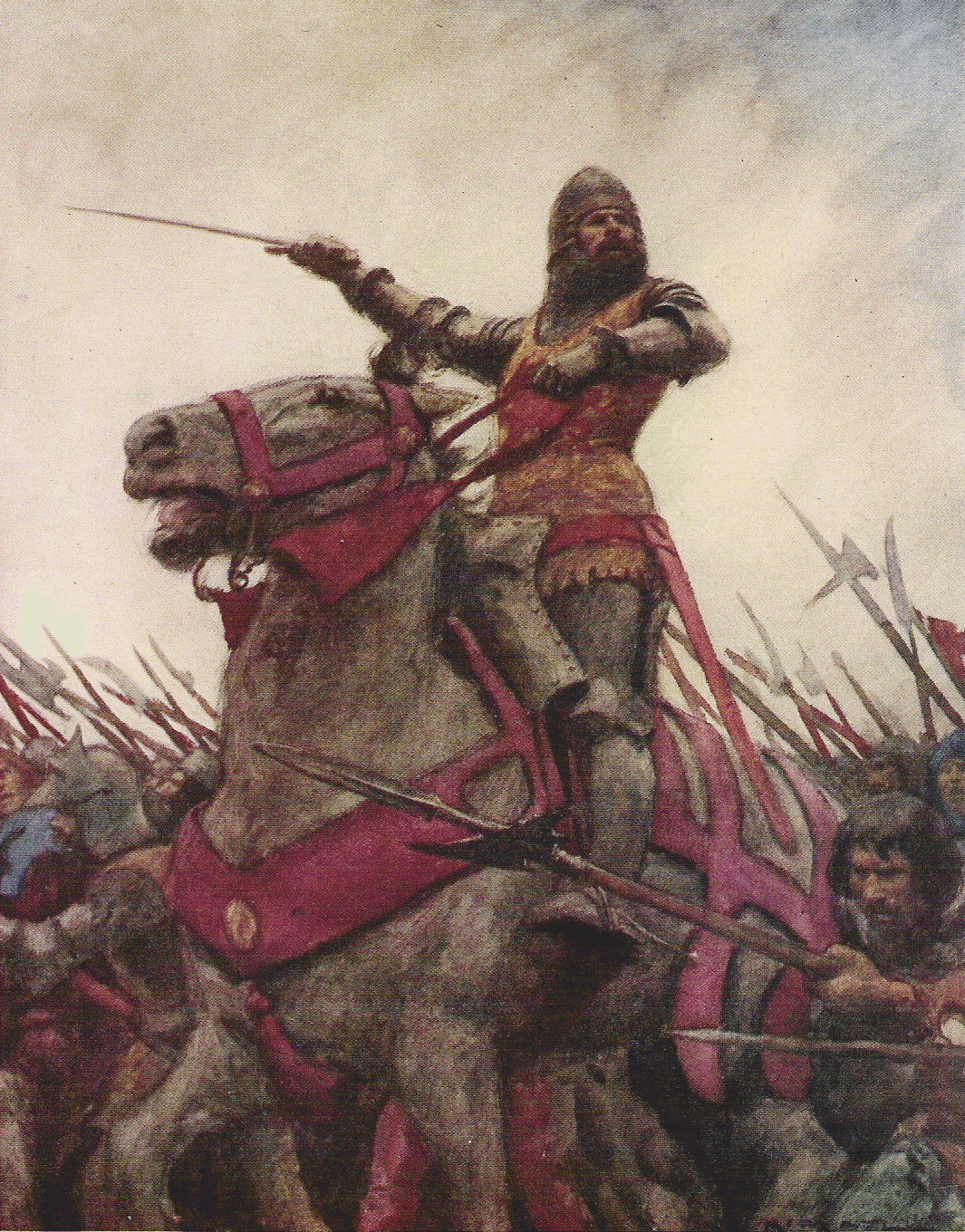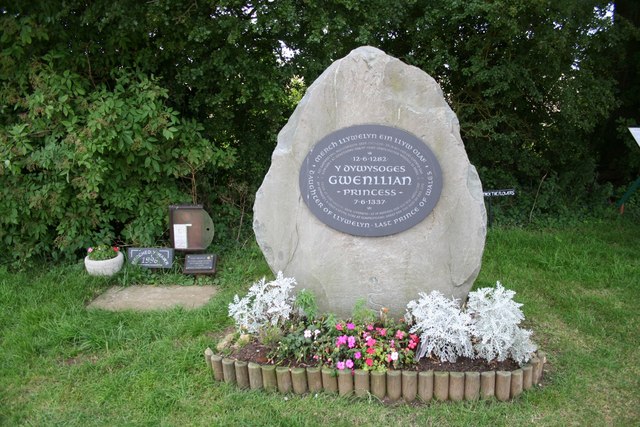|
Princess Of Wales
Princess of Wales (; ) is a title used since the 14th century by the wife of the Prince of Wales. The Princess is the apparent future queen consort, as "Prince of Wales" is a title reserved by custom for the heir apparent to the Monarchy of the United Kingdom, British throne, and earlier the English throne. The current title-holder is Catherine, Princess of Wales, Catherine (née Middleton family, Middleton). When the title was first recorded it was not connected to the English throne; it developed in an independent Wales when it was held by Eleanor de Montfort, wife of the List of rulers of Wales, native Prince of Wales Llywelyn ap Gruffudd, Llywelyn ap Gruffydd. Background Prior to "Princess" (Welsh language, Welsh: ) the title of "Queen" (Welsh language, Welsh: ) was used by some spouses of the rulers of Wales. Examples are Angharad ferch Owain, wife of Gruffudd ap Cynan, and Cristin verch Goronwy, wife of Gruffudd's son, Owain Gwynedd (specifically, she was known as "Quee ... [...More Info...] [...Related Items...] OR: [Wikipedia] [Google] [Baidu] |
Catherine, Princess Of Wales
Catherine, Princess of Wales (born Catherine Elizabeth Middleton; 9 January 1982), is a member of the British royal family. She is married to William, Prince of Wales, heir apparent to the British throne. Born in Reading, Catherine grew up in Bucklebury, Berkshire. She was educated at St Andrew's School and Marlborough College before earning a degree in art history at the University of St Andrews in Scotland, where she met Prince William in 2001 and graduated in 2005. She held several jobs and pursued charity work before their engagement was announced in November 2010. She became Duchess of Cambridge by her marriage on 29 April 2011 at Westminster Abbey. The couple have three children: George, Charlotte, and Louis. Following her marriage, Catherine has undertaken royal duties and commitments in support of the British monarch. She has represented the royal family on official overseas tours and has played a significant role in various charitable activities by undertak ... [...More Info...] [...Related Items...] OR: [Wikipedia] [Google] [Baidu] |
John, King Of England
John (24 December 1166 – 19 October 1216) was King of England from 1199 until his death in 1216. He lost the Duchy of Normandy and most of his other French lands to King Philip II of France, resulting in the collapse of the Angevin Empire and contributing to the subsequent growth in power of the French Capetian dynasty during the 13th century. The First Barons' War, baronial revolt at the end of John's reign led to the sealing of Magna Carta, a document considered a foundational milestone in English and later British constitution of the United Kingdom, constitutional history. John was the youngest son of King Henry II of England and Duchess Eleanor of Aquitaine. He was nicknamed John Lackland () because, as a younger son, he was not expected to inherit significant lands. He became Henry's favourite child following the failed revolt of 1173–1174 by his brothers Henry the Young King, Richard I of England, Richard, and Geoffrey II, Duke of Brittany, Geoffrey against their ... [...More Info...] [...Related Items...] OR: [Wikipedia] [Google] [Baidu] |
Edmund Mortimer (rebel)
Sir Edmund Mortimer IV (10 December 1376 – January 1409) was an English nobleman and landowner who played a part in the rebellions of the Welsh leader Owain Glyndŵr and of the Percy family against King Henry IV, at the beginning of the 15th century. He perished at the siege of Harlech as part of these conflicts. He was related to many members of the English royal family through his mother, Princess Philippa, Countess of Ulster, who was a granddaughter of King Edward III of England. Family Edmund IV was born on 10 December 1376 at Ludlow Castle in Shropshire. as the second son of Edmund Mortimer, 3rd Earl of March, by his wife Philippa Plantagenet. He was a grandson of Lionel of Antwerp, Duke of Clarence, thus a great-grandson of King Edward III of England. His grandfather Lionel was previously married to Violante Visconti, sister of Gian Galeazzo Visconti, the Duke of Milan. Both were members of the House of Visconti and the Royal House of Savoy. Edmund Mortimer had an ... [...More Info...] [...Related Items...] OR: [Wikipedia] [Google] [Baidu] |
Catrin Ferch Owain Glyndŵr
Catrin ferch Owain Glyndŵr (died 1413) was one of the daughters (probably the eldest) of Margaret Hanmer and Owain Glyndŵr, and her marriage to a claimant on the English throne was used by her father to gain support. Biography Catrin is one of the children of Owain Glyndŵr about whom most is known. In November 1402, she married Edmund Mortimer, son of the 3rd Earl, Edmund Mortimer, an unransomed hostage who entered into an alliance with her father. Edmund Mortimer died during the siege of Harlech Castle in 1409, of unknown causes. Catrin was subsequently captured alongside her three daughters. They, as well as her mother and one of her sisters, were taken to the Tower of London. The deaths of Catrin and her daughters are recorded, and their burial at St Swithin, London Stone, St Swithin's Church in London, but the cause of their deaths is not known.''Issues of the Exchequer, Hen. III – Hen. VI'', ed. F Devon (Record Commission, 1837), p. 327 Legacy A memorial to Catrin st ... [...More Info...] [...Related Items...] OR: [Wikipedia] [Google] [Baidu] |
Owain Glyndŵr
Owain ap Gruffydd (28 May 135420 September 1415), commonly known as Owain Glyndŵr (Glyn Dŵr, , anglicised as Owen Glendower) was a Welsh people, Welsh leader, soldier and military commander in the Wales in the late Middle Ages, late Middle Ages, who led a Glyndŵr rebellion, 15-year-long Welsh revolt with the aim of ending Kingdom of England, English rule in Wales. He was an educated lawyer, forming the first Welsh parliament under his rule, and was the last native-born Welshman to claim the title Prince of Wales. During the year 1400, Glyndŵr, a Welsh soldier and Glyndyfrdwy, Lord of Glyndyfrdwy had a dispute with a neighbouring Peerage of England, English Lord, the event which spiraled into a national revolt pitted common Welsh countrymen and nobles against the English military. In response to the rebellion, discriminatory Penal laws against the Welsh, penal laws were implemented against the Welsh people; this deepened civil unrest and significantly increased support for ... [...More Info...] [...Related Items...] OR: [Wikipedia] [Google] [Baidu] |
Margaret Hanmer
Margaret Hanmer (c. 1370 – c. 1420), sometimes known by her Welsh name of Marred ferch Dafydd, was the wife of Owain Glyndŵr. Early life and marriage Nothing is known of Margaret's early life, not even the precise date of her marriage. She was the child of Sir David Hanmer, who was a chief justice of the King's Bench during Edward III's reign, and his wife Angharad ferch Llywelyn Ddu, and was probably raised in a Welsh household. Her father taught Owain Glyndŵr when the latter studied law; it is not known when Margaret married Owain, although it is thought that their wedding may have taken place in 1383 in the church of St Chad's in Hanmer. The number of children she bore, and the dates of their births, are likewise uncertain. The poet Iolo Goch praises Margaret and her generosity in his poem " Llys Owain Glyndŵr yn Sycharth", one of three he composed in Owain's honour. Margaret had three brothers, Gruffydd, Philip and John, all of whom supported Glyndŵr when he form ... [...More Info...] [...Related Items...] OR: [Wikipedia] [Google] [Baidu] |
Lincolnshire
Lincolnshire (), abbreviated ''Lincs'', is a Ceremonial counties of England, ceremonial county in the East Midlands and Yorkshire and the Humber regions of England. It is bordered by the East Riding of Yorkshire across the Humber estuary to the north, the North Sea to the east, Norfolk, Cambridgeshire, Northamptonshire and Rutland to the south, and Leicestershire, Nottinghamshire and South Yorkshire to the west. The county is predominantly rural, with an area of and a population of 1,095,010. After Lincoln (104,565), the largest towns are Grimsby (85,911) and Scunthorpe (81,286). For Local government in England, local government purposes Lincolnshire comprises a non-metropolitan county with seven districts, and the unitary authority areas of North Lincolnshire and North East Lincolnshire. The last two areas are part of the Yorkshire and the Humber region, and the rest of the county is in the East Midlands. The non-metropolitan county council and two unitary councils collabora ... [...More Info...] [...Related Items...] OR: [Wikipedia] [Google] [Baidu] |
Sempringham Priory
Sempringham Priory was a priory in Lincolnshire, England, located in the medieval hamlet of Sempringham, to the northwest of Pointon. Today, all that remains of the priory is a marking on the ground where the walls stood and a square, which are identifiable only in aerial photos of the vicinity. However, the parish church of St Andrew's, built around 1100 AD, is witness to the priory standing alone in a field away from the main road. The priory was built by Gilbert of Sempringham, the only English saint to have founded a monastic order. The priory's religious accentuation as an important religious pilgrimage site began when St Gilbert established the Gilbertine Order in 1131 by inducting "seven maidens" who were his pupils. Alexander, Bishop of Lincoln, helped in establishing the religious buildings to the north of St Andrew's Church as a protected area. St Gilbert died at Sempringham in 1189 and was buried in the priory church. He was canonised on 13 October 1202, for the ma ... [...More Info...] [...Related Items...] OR: [Wikipedia] [Google] [Baidu] |
Edward I Of England
Edward I (17/18 June 1239 – 7 July 1307), also known as Edward Longshanks and the Hammer of the Scots (Latin: Malleus Scotorum), was King of England from 1272 to 1307. Concurrently, he was Lord of Ireland, and from 1254 to 1306 ruled Duchy of Gascony, Gascony as Duke of Aquitaine in his capacity as a vassal of the French king. Before his accession to the throne, he was commonly referred to as the Lord Edward. The eldest son of Henry III of England, Henry III, Edward was involved from an early age in the political intrigues of his father's reign. In 1259, he briefly sided with a baronial reform movement, supporting the Provisions of Oxford. After reconciling with his father, he remained loyal throughout the subsequent armed conflict, known as the Second Barons' War. After the Battle of Lewes, Edward was held hostage by the rebellious barons, but escaped after a few months and defeated the baronial leader Simon de Montfort at the Battle of Evesham in 1 ... [...More Info...] [...Related Items...] OR: [Wikipedia] [Google] [Baidu] |
Chronicle Of Bury St Edmunds
The Bury Chronicle ( or ), Bury St Edmunds Chronicle, or Chronicle of Bury St Edmunds, formerly also known as the ("Abbreviated Chronicle"), is a medieval English chronicle compiled by John of Taxster and two other unknown Benedictine monks of Bury St Edmunds Abbey in the 13th and 14th centuries. Authorship The first part of the Bury Chronicle was compiled by John of Taxster or Tayster, who claimed to have joined the monastery in 1244 or 1255. Galbraith makes the first date that of Taxster's vows and the second that of the first continuator's. The issue is somewhat obscured by the mistaken dual chronology introduced by Marianus Scotus and employed by John of Worcester and Taxster. From the year 1265, another monk continued his work and, from Easter 25 March 1296, a third monk continued their work. The second authoroften but baselessly identified as John of Everdenalso revised Taxster's account, including some additional information on the monastery's finances and adding sev ... [...More Info...] [...Related Items...] OR: [Wikipedia] [Google] [Baidu] |
Gwenllian Of Wales
Gwenllian ferch Llywelyn (June 1282 – 7 June 1337), commonly known as Gwenllian of Wales, was the daughter of Llywelyn ap Gruffudd, the last native Prince of Wales (). Gwenllian is sometimes confused with Gwenllian ferch Gruffudd, who lived two centuries earlier. Lineage Gwenllian (pronounced ) was born in the Gwynedd royal home in Abergwyngregyn near Bangor, Wales, Bangor, Gwynedd. Gwenllian's mother, Eleanor de Montfort, died during childbirth, or shortly afterwards, on 19 June 1282. Gwenllian was descended from dual royal bloodlines: not only was she the daughter of the Prince of Gwynedd and heiress of the royal family of The House of Aberffraw, but her maternal great-grandfather was John of England, King John of England. Capture by King Edward I A few months after Gwenllian's birth, northern Wales was encircled by the English army of Edward I of England, King Edward I. On 11 December 1282, her father, Llywelyn ap Gruffudd, was Battle of Orewin Bridge, killed in bat ... [...More Info...] [...Related Items...] OR: [Wikipedia] [Google] [Baidu] |
Gwenllian Memorial Sempringham
Gwenllian (or Gwenllïan) is a Welsh given name, a combination of ''gwen'' "fair, blessed, white" and ''llian'' " flaxen"). It is most prominently known as the name of two women in medieval Wales who have, for different reasons, become symbols of Welsh patriotism and/or independence. Notable people Arts and entertainment * Gwenllian Anthony, member of Adwaith * Gwenllian Gill, actress Athletes * Gwenllian Jenkins, rugby union player * Gwenllian Pyrs, rugby union player Medieval Wales *Gwenllian ferch Gruffydd (1097–1136) Her patriotic revolt and subsequent death in battle at Kidwelly Castle contributed to the Great Revolt of 1136 *Gwenllian ferch Llywelyn (1282–1337) A daughter of Llywelyn ap Gruffudd, Ein Llyw Olaf, and sister to Catherine his eldest daughter. Owain Glyndŵr was later to adopt the (lions rampant version) arms of Llywelyn on the basis of direct descent via Catherine, Catherine being the heraldic heiress of Llywelyn.Owen, Edward: ‘Owain Lawgoch � ... [...More Info...] [...Related Items...] OR: [Wikipedia] [Google] [Baidu] |







